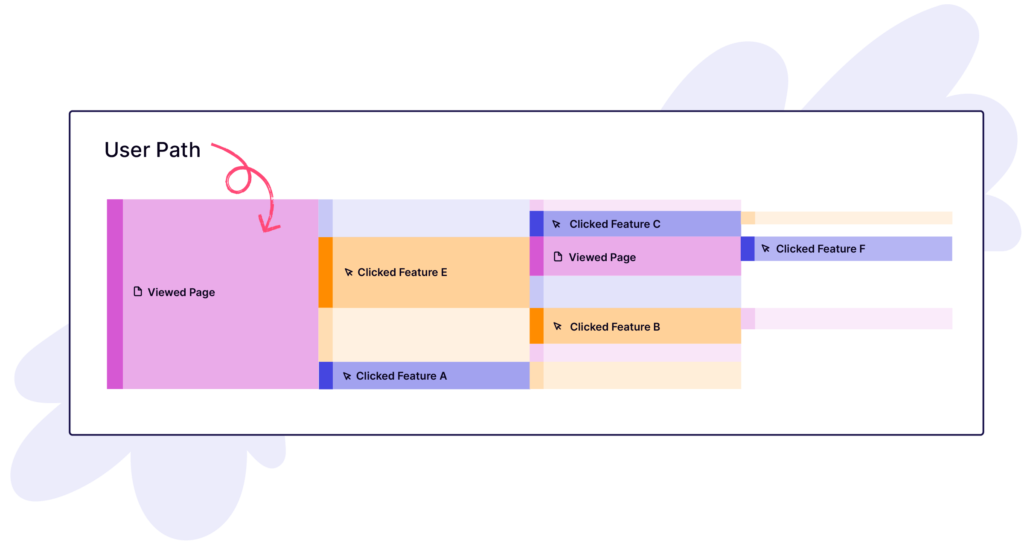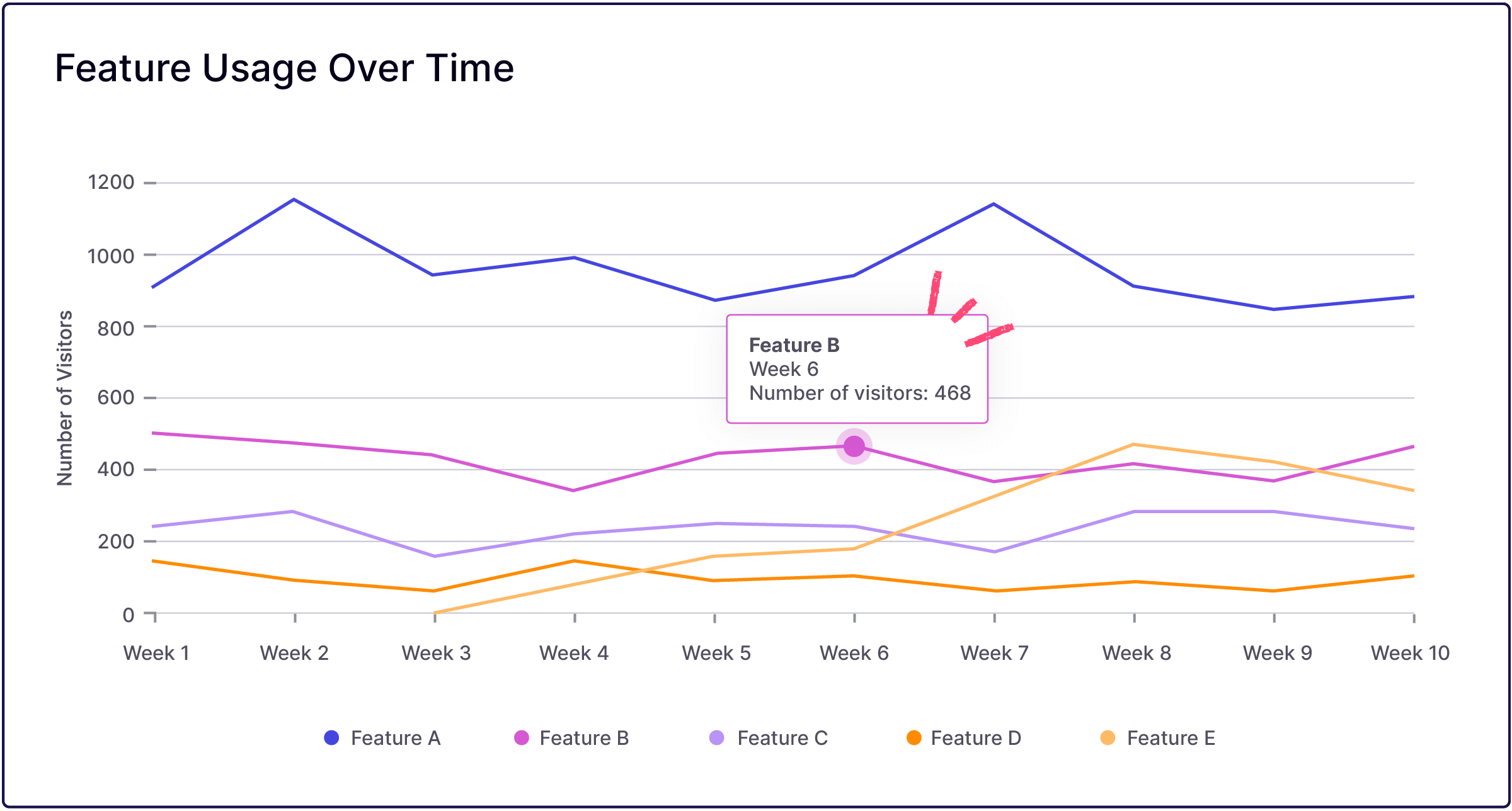Putting the good in goodbye
While plenty of product managers (PMs) spend their time ideating on and building new functionality into their product, the best PMs also dabble in the art of letting go. In fact, deciding to remove a feature from the product is just as strategic (and impactful) as coming up with that next great feature. And Pendo helps every step of the way.
Like many product teams, a decade of development left IHS Markit with technical debt in certain areas of their iLEVEL product, posing the ultimate prioritization challenge: dedicate resources to maintaining existing features, or deprecate underutilized features and build out new functionality?
Rather than relying on one-off conversations with account managers, the IHS Markit product team needed a way to easily understand usage for various features in their product so they could better determine where to invest their time and energy. What’s more, once they did decide to remove a feature, they needed to know who was still using said feature—and for what purpose.
When in doubt, turn to the data
Pendo’s analytics gave the IHS Markit team a direct look into how users were engaging with their iLEVEL product. This data allowed them to gauge the volume of usage for each feature on a page and flag the least used features as potential candidates for retirement.
Once they identified a feature to remove, Pendo came into play in two ways. First, usage data helped the team identify which users were still accessing the feature in question and, more importantly, how they got there. The product team could see what actions users took that led them to engage with the feature, helping them understand the need it was fulfilling.

From there, IHS Markit used these insights in Pendo to inform their communication strategy for users who were still engaging with the soon-to-be-retired feature. The team reached out to those users directly to understand their use case, provide workarounds, and manage expectations around the upcoming change. By guiding users to other features that could provide a solution for the task they were trying to complete, IHS Markit ensured the user experience was not negatively impacted by the decision to sunset the older feature.
IHS Markit’s product team also used Pendo to collect data on browser usage for their iLEVEL users and created dashboards that helped them make strategic, tactical decisions on the fly. For example, when a bug only affected a small subset of users of a particular browser and usage was low, the team deprioritized fixing it and instead focused on higher-priority issues that were affecting users of a widely-used browser like Chrome.
In the end, data is only as powerful as what you do with it. For IHS Markit, usage data allows the product team to spend their time and energy on the areas of their product that are most valuable to their users, and where their efforts will be most impactful. Goodbye gut instinct, hello data-driven.




